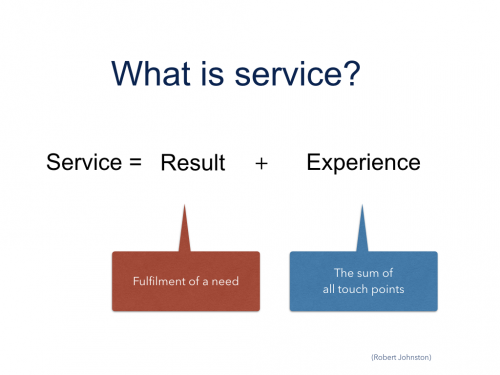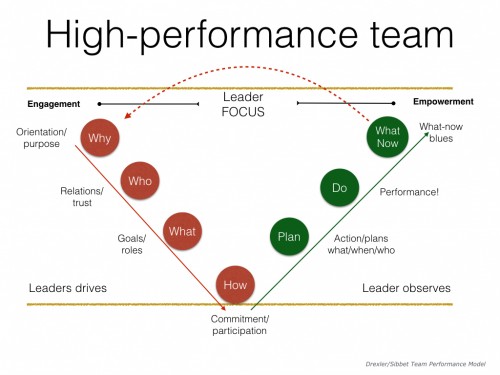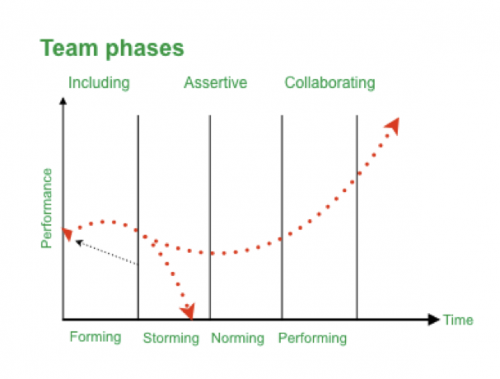
It’s a word we use all the time: “Went to the coffee house yesterday, great service!” Or “Our local post office just has the worst service.”
In order to really benefit from the thinking behind the concept of the Service Profit Chain, we need to be clear about what we mean when we say service. Because it is sort of implicitly understood from the term Service Profit Chain that there is a connection: Great service leads to great profits. And that is true. That is the whole point.
So let’s take a look at what we mean when we say: service
If you go to the literature, there are various ways you can define service – my preferred one is this one:

When we use this definition, we see that service is so much more than just a robotic: “Have nice day”.
In fact, there is no notion of service if the guest or customer has not achieved their primary result (We will look more at this when we get to the questions on how we create value).
So when I go to my favourite coffee house with this craving for a really leeker flat white and they serve what I would describe as wishy-washy latte, then it does not help that they smile, play smooth music and are sweet and all that good stuff. I did not achieve my primary result and that is really bad service. As a consequence, I will find a different coffee shop that does know how to make a smooth velvety flat white with a kick.
In the same way, it is not much better if they serve a perfect flat white, but do it in a rude way. On top of that, the tables are not cleared and the toilet is disgusting. That is also terrible service – and I won’t be back because the experience did not live up to my expectations despite the coffee.
So in order for service to happen, both need to be in place. The result needs to live up to or exceed our expectations and ALL the experience touch-points from entering the store till leaving it again (and all that happens in between) need to be great. When that happens, we tell our friends: “Have you tried the new coffee house down the road? The service is amazing!” That is when service becomes the foundation for profits and growth. But let’s be honest, it is quite hard to do consistently.
And why is that?
Well just think of how many different results could someone be looking for when they enter a coffee shop. My example above was easy. I focused on the quality of the core product – the coffee. But lots of guest in a coffee house don’t go there for the coffee, they go there for … ( Company, workspace, kill some time, feeling cold) you fill in the blank. The list is endless.
And a coffee house is a relatively simple service, think of a theme park, then it gets really complex
We live in an era of mass customisation. As service providers, we need to understand and adapt to the result expectation that each customer has, otherwise it is not service – in their eyes…
This is why products and services are so different. Products you sell on their specification – it’s about the product. It’s within your control. Services are about a need. Their needs. And you don’t necessarily understand what it is. First you need to decode it – and that means it’s all about them.
So we are back to my favourite subject.
Great service is produced by frontline employees who are able (and willing) to empathise with their customers – to read them and understand the result they are looking for – that is when service becomes an art form.
So how do we achieve that? We implement the concept of the Service Profit Chain as a strategic way of understanding the business we are in.
_________________________________________
This blog post is part of a series of answers to frequent questions that I get around the concept of the Service Profit Chain. In future post, we will continue to explore other key points. If you would like the full concept served up in one go, you will find Mike’s book “Best! No need to be cheap if…” HERE.










